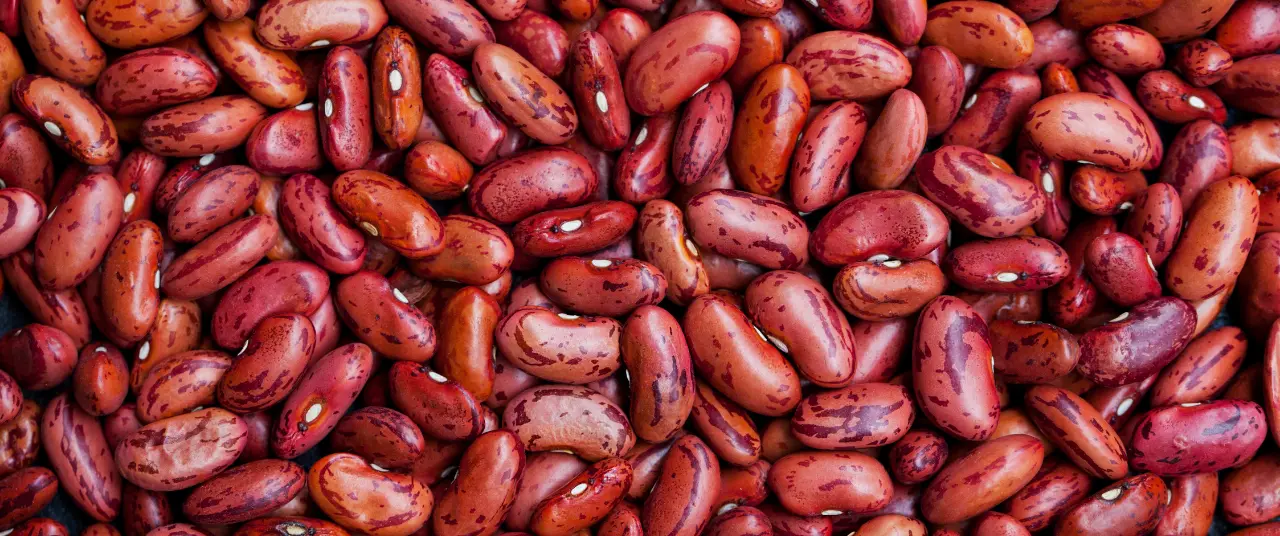Find out which street foods might be dangerous and how to stay safe






In India, street food is more than just food; it’s an adventure. Whether you’re looking for a quick bite or an excuse to hang out with friends, these food stalls have you covered.
The famous Khau Gallis of Aamchi Mumbai are packed with hungry office workers and students ready to dive into a feast of pani puri, momos, and shawarmas. Meanwhile, Manek Chowk in Ahmedabad undergoes a nightly transformation from a bustling jewellery market to a food paradise, where scores of workers grate cheese with mechanical dedication, infusing it into everything from sandwiches to 'gotala' dosas. In Namma Bengaluru, the famous Rameshwaram Café takes pride in injecting its offerings with heart-stopping quantities of ghee.
The smells, the flavours, the sheer joy of eating something delicious right off the cart is what makes street food so irresistible. But beneath all that flavour, these snacks often conceal serious public health risks. Recent studies have given us more reasons to pause and reconsider our love for these quick bites.
{{marquee}}
Hidden dangers
Recent sampling in Karnataka found cancer-causing chemicals used as food colouring in many pani puri samples. Colours like sunset yellow, brilliant blue, and carmoisine, found in 19 out of 49 tested samples in Bengaluru, have raised health concerns. Officials are considering bans on these additives, but pani puri has long been a concern due to the water used, which is often contaminated and of uncertain origin. And it's not just pani puri. Kebabs were previously under scrutiny for artificial coloring use, while rhodamine-B, a dye found in Gobi Manchurian and cotton candy, caused health scares earlier this year. Shawarmas have also been flagged for safety concerns. A survey by the Food Safety and Standards Authority of India (FSSAI) across 10 districts in Karnataka revealed that 8 out of 17 samples contained harmful bacteria and yeast, which could cause severe illnesses like diarrhea, food poisoning, and pneumonia.
While many are aware of the risks associated with street food, the severity is often underestimated. Contaminants are not always visible, and one frequent yet overlooked danger is the use of newspapers to wrap food. Ink from newspapers can leach bioactive elements into food, posing serious health risks. If the newspaper is made from recycled paper, there’s the additional danger of metal contaminants and other harmful chemicals.
And then there is hygiene, a question almost entirely ignored in India’s street food culture. A 2023 study in Kolkata found that only a quarter of food vendors covered their food after preparation, leaving it vulnerable to airborne contaminants. Almost half reused leftovers from the previous day, increasing the risk of infection and foodborne illnesses.
Be street smart
While government authorities strive to regulate and enforce bans on harmful substances in street foods, these measures take time and are not always consistently applied. As consumers, it's essential to exercise caution. When indulging in street food, consider asking vendors about their water sources, consulting locals for trusted stalls, and opting for fried foods to minimize risk.
Alternatively, there are plenty of healthy snack options to enjoy. A mixed bowl of nuts like almonds, pistachios, cashews, and peanuts offers healthy fats, protein, and fiber without the risk of illness. Dark chocolate, rich in antioxidants, is another tasty choice. Fresh fruits also make a satisfying and nutritious addition to your snack repertoire.
Explore other topics
References
1. Hindustan Times. (2024, August 1). Karnataka health dept cracks down on carcinogenic colours in pani puri: Report. Hindustan Times. https://www.hindustantimes.com/cities/bengaluru-news/karnataka-health-dept-cracks-down-on-carcinogenic-colours-in-pani-puri-report-101719637860115.html
2. Hindustan Times. (2024, August 1). After pani puri, harmful bacteria found in shawarma samples: Karnataka food safety dept to take action on restaurants. Hindustan Times. https://www.hindustantimes.com/cities/bengaluru-news/after-pani-puri-harmful-bacteria-found-in-shawarma-samples-at-karnataka-food-safety-dept-to-take-action-on-restaurants-101719891397156.html
3. Hindustan Times. (2024, August 1). Karnataka health department bans artificial harmful colours in kebabs. Hindustan Times. https://www.hindustantimes.com/india-news/karnataka-health-department-bans-artificial-harmful-colours-in-kebabs-101719281834902.html
4. Bhattacharya, M., & Biswas, S. (2021). An account of hygienic practices and street food safety around the medical colleges of Kolkata, India. Microbiology Journal. https://microbiologyjournal.org/an-account-of-hygienic-practices-and-street-food-safety-around-the-medical-colleges-of-kolkata-india/
5. Onlymyhealth. (2023, August 2). FSSAI restricts use of newspaper to pack street food in India. Onlymyhealth. https://www.onlymyhealth.com/fssai-restricts-use-of-newspaper-to-pack-street-food-in-india-1695968798
6. CNN. (2023, July 15). India street food safety tips. CNN. https://edition.cnn.com/travel/article/india-street-food-safety-tips-intl-hnk/index.html
7. Healthline. (2024, July 20). 29 healthy snacks for weight loss. Healthline. https://www.healthline.com/nutrition/29-healthy-snacks-for-weight-loss#TOC_TITLE_HDR_11



.webp)





.webp)





.webp)





.webp)













